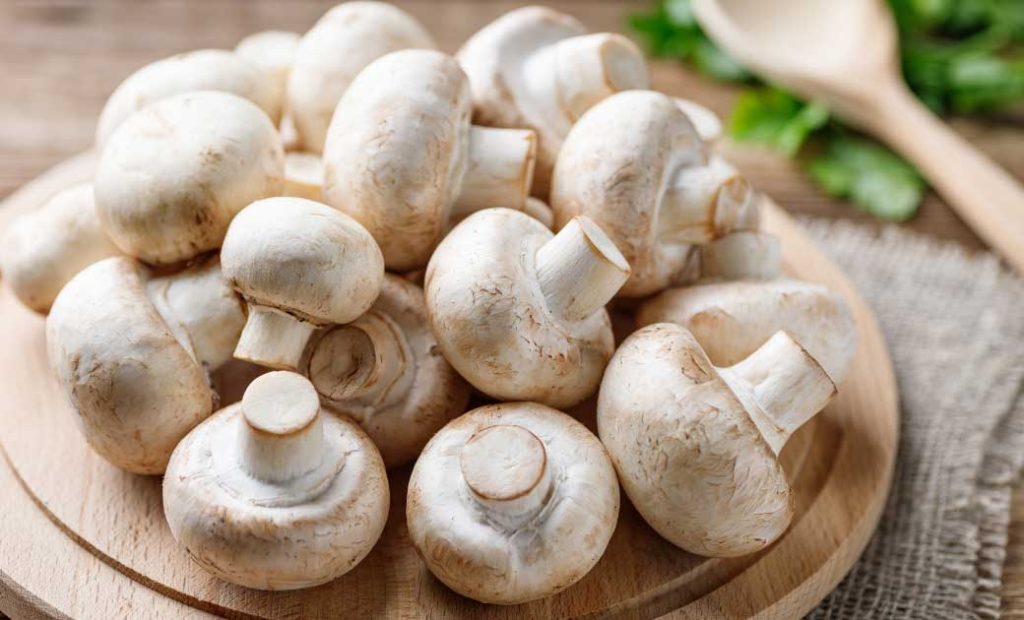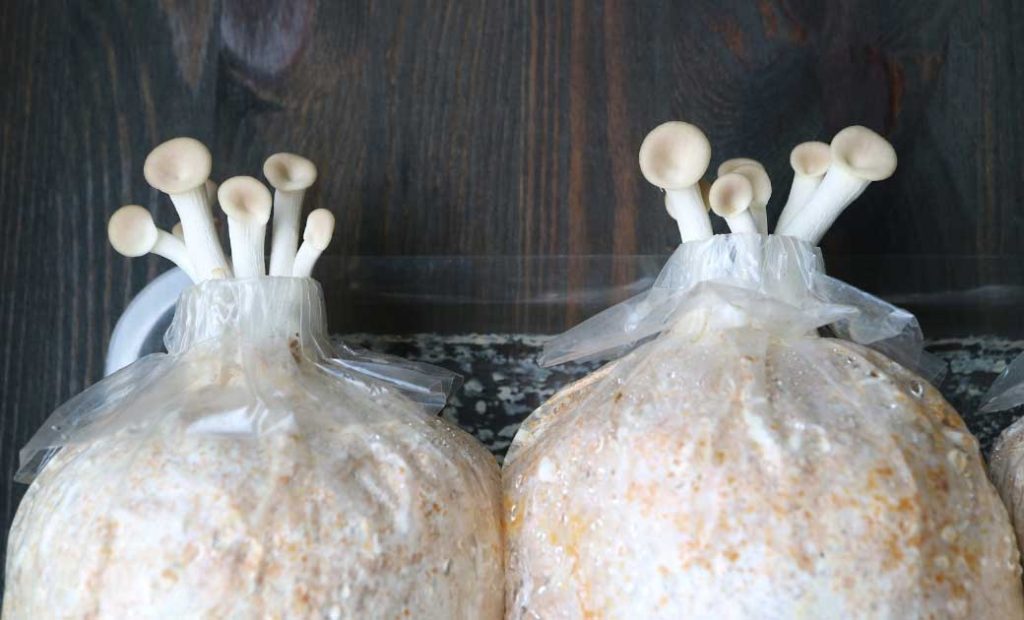Welcome to our website, where you will find everything you need to know about how to grow mushrooms at home. Mushrooms are delicious, nutritious, easy, and fun to grow. Whether you want to grow them for personal consumption, as a hobby, or as a source of income, you will find helpful information and tips on this site.
Introduction to Mushroom Cultivation

Mushrooms are fascinating organisms that can provide delicious food, health benefits, and environmental solutions. Growing mushrooms at home is a rewarding and fun hobby that anyone can do with some basic knowledge and equipment.
Importance of Growing Mushrooms
Mushrooms are tasty and nutritious and have many advantages over other crops. Some of the reasons why growing mushrooms is important are:
- Mushrooms can grow on various substrates, such as straw, sawdust, coffee grounds, and agricultural wastes, that would otherwise be discarded or burned. This reduces waste and pollution and creates valuable organic matter for soil improvement.
- Mushrooms can produce high-quality protein, vitamins, minerals, and antioxidants that can supplement or replace animal products in our diet. It can improve our health and reduce our environmental impact.
- Mushrooms can produce bioactive compounds that have medicinal properties, such as boosting immunity, fighting infections, lowering cholesterol, and preventing cancer. Some mushrooms, such as oyster and shiitake, are already widely used as functional foods or supplements.
- Mushrooms can decompose harmful substances, such as oil spills, pesticides, heavy metals, and radioactive materials, and transform them into harmless or useful products. This is known as bioremediation, and it can help restore contaminated environments and ecosystems.
Benefits of Home Mushroom Cultivation

Growing mushrooms at home has many benefits for you and your family, such as:
- You can enjoy fresh, organic, and gourmet mushrooms anytime without paying high prices or worrying about quality and safety. You can also experiment with different varieties and recipes and discover new flavors and textures.
- It’s possible to reduce expenses and conserve resources by utilizing materials that are readily available or that you already possess, such as cardboard, paper, coffee grounds, and food scraps. You can reuse or recycle your mushroom substrates as compost or mulch for your garden or plants.
- You can learn new skills and knowledge about mushroom biology, ecology, and cultivation. You can also share your experience and products with your friends, neighbors, and community and inspire others to grow mushrooms.
- You can have fun and relax by engaging in a creative and rewarding activity that connects you with nature and food. You can also enjoy the beauty and diversity of mushroom shapes, colors, and forms and witness the amazing process of mushroom growth and development.
Beginner’s Guide
If you are interested in growing mushrooms at home, you will need some basic equipment and supplies and follow some general steps. Here is an overview of the mushroom-growing process:
1. Choose the right mushroom species for your climate, preference, and availability of materials. Some common and easy mushrooms to grow at home are oyster, shiitake, and button mushrooms.
2. Prepare the substrate, the material the mushrooms will grow on. Depending on the mushroom species, you may need to pasteurize, sterilize, or hydrate the substrate to make it suitable for growth.
3. Inoculate the substrate with spawn, which is the seed material for the mushrooms. You can buy spawn from a reputable supplier or make your own from mushroom tissue or spores. You can use different methods to inoculate the substrate, such as mixing, layering, or inserting.
4. Incubate the inoculated substrate in a dark, warm, and humid place, such as a closet, a cabinet, or a box. During this stage, the mushroom mycelium, the fungus’s vegetative part, will colonize the substrate and form a white network.
5. Fruiting the colonized substrate in a bright, cool, and moist place, such as a shelf, a table, or a greenhouse. During this stage, the mushroom mycelium will produce fruiting bodies, which are the edible part of the fungus, and release spores.
6. Harvest the mushrooms before they mature and drop their spores. You can use a knife, scissors, or hands to twist and pull the mushrooms from the substrate gently. You can store the mushrooms in a paper bag or a cardboard box in the refrigerator for up to a week or dry them for longer storage.
If you are new to growing mushrooms, don’t worry. We have prepared a beginner’s guide that will walk you through the basics of mushroom growing, from choosing the right mushroom species to harvesting and storing your mushrooms.
You will also find an overview of the mushroom-growing process and a list of the basic equipment and supplies you will need.
Ready to start your mushroom adventure? Let’s begin!
Hi, this is a comment.
To get started with moderating, editing, and deleting comments, please visit the Comments screen in the dashboard.
Commenter avatars come from Gravatar.